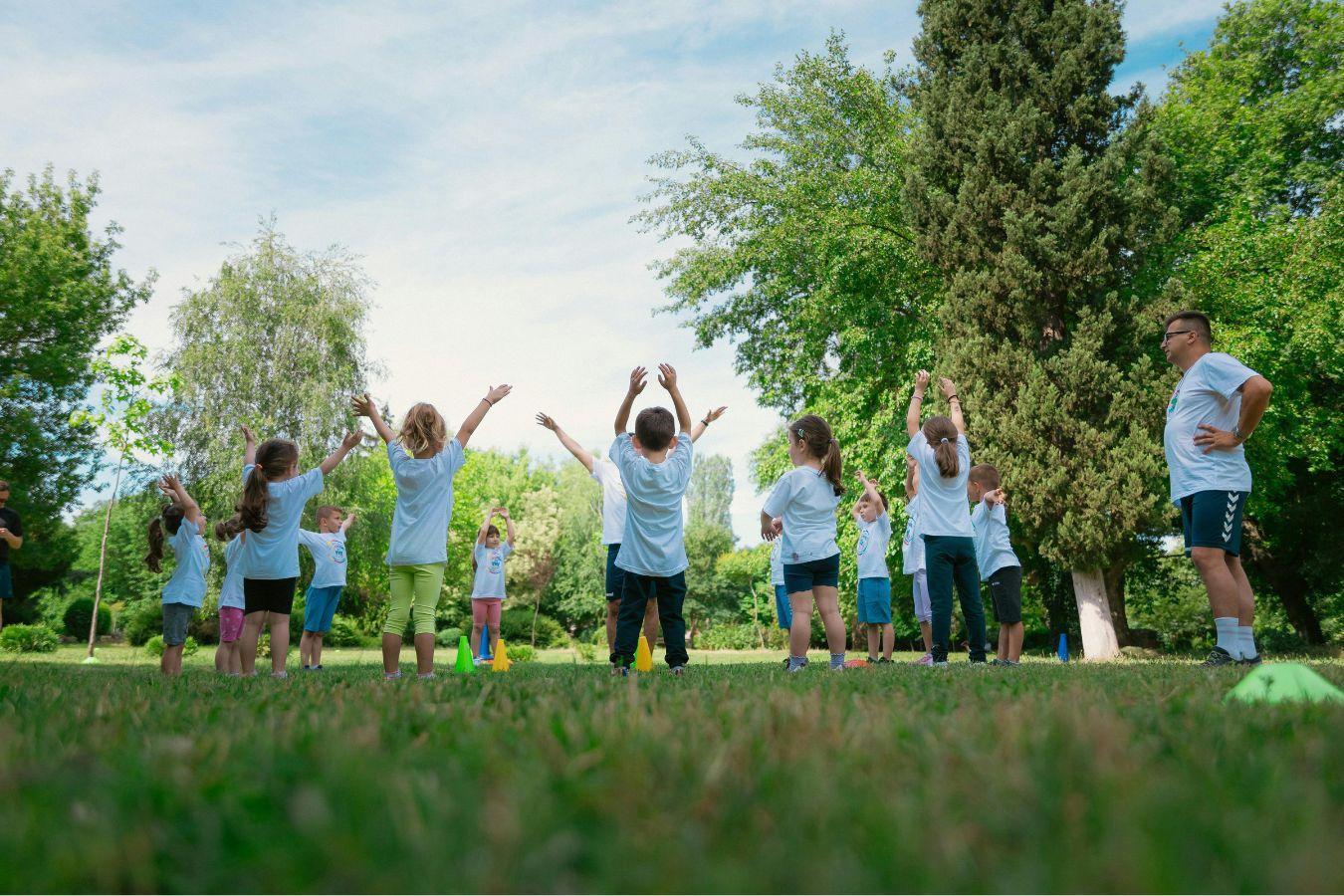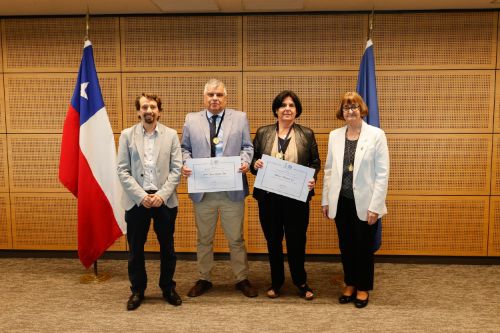An article recently published in the journal PLOS ONE reveals interesting findings about the physical condition of Chilean children and adolescents. The study reveals that those who are overweight or obese not only have lower cardiorespiratory performance, but also expend more energy and perceive greater effort when performing simple physical tasks such as climbing and descending a step.
The study “Children and adolescents with overweight or obesity exhibit poor cardiorespiratory performance and elevated energy expenditure during an exercise task” was led by Carlos Sepúlveda, a doctoral student in University of Chile Nutrition and Food (DOCNUTAL) doctorate program at the time of the study and now an academic at the Institute of Health Sciences at the University of O'Higgins.
Cardiorespiratory fitness (CRF) is a fundamental marker of cardiovascular and metabolic health, especially during childhood and adolescence. Proper development allows better physical performance and helps prevent various chronic diseases. In this context, the study assessed 242 children and adolescents aged 8 to 16, analyzing their CRF, energy expenditure, and cardiovascular recovery in response to a standardized exercise task, which consisted of stepping up and down a two-step bench at a pace of 30 steps per minute (60 bpm) for 3 minutes (Step Test).
The research identified clear differences in maximum oxygen consumption between groups with healthy weight, overweight, and obesity, in both boys and girls. Sepúlveda explains that this study revealed “two important aspects: a) the low cardiorespiratory performance in children and adolescents, regardless of nutritional status, compared to international reference values; b) the elevated energy expenditure and intensity when performing the step-up task in children and adolescents with overweight or obesity, regardless of their biological sex.”
Results also showed that participants with overweight or obesity carried out the exercise task at a higher intensity, with increased heart rate, greater perceived exertion, and longer recovery times. These indicators point to lower cardiorespiratory efficiency and poor overall physical condition.
The findings provide valuable information for the design of school and community programs aimed at improving physical fitness from early stages. According to Sepúlveda, “our study data revealed that children and adolescents have poor physical condition. Our results show that performing physical tasks such as stepping up and down at a standardized pace does not have the same impact for everyone. For some, it is very intense, while for others, it is low intensity. This reinforces the impact and perception of physical activities within school schedules, physical education classes, or prescribed exercise programs. Intensity is key to optimizing the benefits of exercise and adherence.”
This perspective is particularly relevant for planning more inclusive and effective Physical Education classes, taking into account individual fitness levels and not only age or grade.
The study also highlights the importance of assessing energy expenditure and cardiovascular recovery as indicators of cardiometabolic health. “It is important to measure energy expenditure and cardiovascular recovery because both are cardiometabolic health indicators, especially cardiovascular recovery determined by recovery indexes. In addition, they are very good indicators of overall fitness level,” notes the researcher.
Finally, Sepúlveda emphasizes one aspect the article brings to light: the intensity with which daily activities are performed in this population. “This article shows that daily life activities (such as stepping up and down a bench) are performed at high intensities in children and adolescents. This describes the poor overall physical condition of the Chilean pediatric population. It also raises a red flag about the standardization of exercise intensities, where for some individuals it may be low intensity and for others very high. This could be a key point in ensuring exercise feels good and in fostering adherence to physical activity,” he concludes.






-2.png.png)